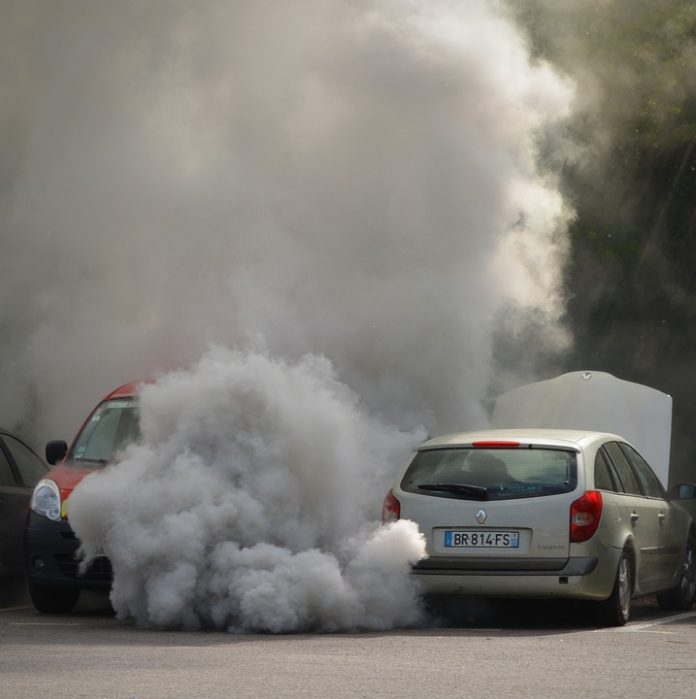Globally, outdoor air pollution is a serious public health problem. In 2016, approximately 4 million deaths were attributable to air pollution, mostly from cardiovascular and respiratory diseases. The negative effects of air pollution on public health linked to cardiovascular and respiratory diseases, among others, are well established.
Many different policies and programs have been put into place to reduce air pollution; examples include vehicle restrictions to reduce traffic, fuel standards for cars, buses and other motorized transport, industrial regulations to limit pollution from factories, and the replacement of inefficient heating stoves with more efficient, cleaner burning stoves. So far, no review has investigated systematically whether these measures have impacted air pollution and health as intended.
In a new study by the LMU, scientists assess the effectiveness of interventions to reduce ambient particulate matter air pollution in reducing pollutant concentrations and improving associated health outcomes.
Jacob Burns from the Institute for Medical Information Processing, Biometry and Epidemiology (IBE) at the LMU’s Pettenkofer School of Public Health said, “It’s quite a challenge to evaluate the introduction of a measure like the low emission zone. It’s important to remember how many factors influence both air quality and the relevant health conditions. Levels of energy consumption in industry, transport and domestic households all play a substantial role in air pollution levels, as does the weather.”
“And with respect to health, the risk of developing cardiovascular disease, to cite one example, is influenced not only by particulate matter and other pollutants we breathe in but also by numerous genetic, physiological and social risk factors. This illustrates how difficult it can be to attribute changes in air pollutant concentrations, numbers of individuals admitted to hospitals, or mortality rates to any single measure.”
The authors of the new study, led by Professor Eva Rehfuess’ research group from the IBE at the Pettenkofer School of Public Health, provide the first systematic review aiming to identify and critically appraise all studies that evaluate the impact of measures aiming to improve air quality. The study considers 38 specific measures, ranging from those to reduce traffic, to the regulation of industrial emissions and opportunities for cleaner and more efficient household heating systems.
Burns said, “For the most part, the studies that we reviewed show either positive or unclear effects. But these studies differ so much from one another that we could not, with confidence, draw general conclusions about what works and what does not work.”
Rehfuess said, “It is important to emphasize that lack of evidence of an association is not equivalent to evidence of no association. The more important message is that the methods of evaluation in this area must be improved so that decision-makers have a reliable basis on which to base their policy choices.”
In this study, the LMU researchers make a number of specific recommendations – in particular with respect to the design of future studies in this area, but some of which also directed at policymakers.
“At the moment,” says Rehfuess, “many studies are conducted retrospectively. Ideally, the evaluation could be incorporated into the planning and introduction of the measure.”
The study is published in the journal Cochrane Database of Systematic Reviews.
